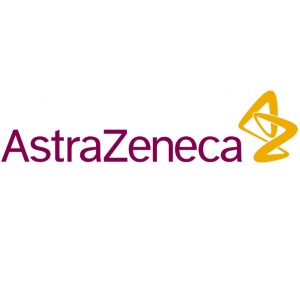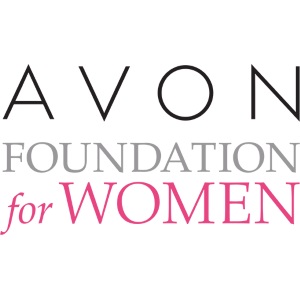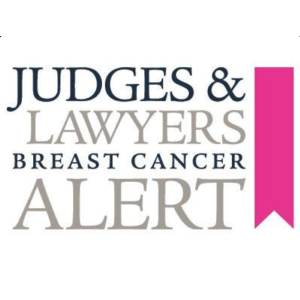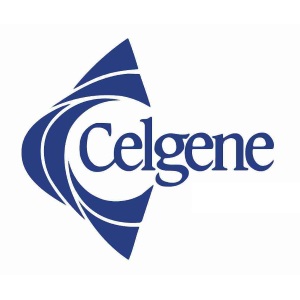Metatstatic Breast Cancer Treatment
Hormone Receptor-Positive (HR+,HER2-)
The cancer cells have receptors for hormones like estrogen (ER) and/or progesterone (PR). These hormones can help the cancer grow.
Treatment Options: Treatment options aim to slow down or stop the cancer’s growth. These often include hormone therapies that either block the hormones or reduce their levels in the body. Additional options may include CDK 4/6 inhibitors, mTOR inhibitors, chemotherapy, or therapies targeting inherited genetic mutations or specific mutations within the tumor.
Sources/Additional Information
HER 2 Receptor-Positive (HER2+)
The cancer cells have too much of a protein called HER2 on their surface. This protein can promote cancer cell growth.
Treatment Options: Targeted therapies, such as trastuzumab (Herceptin) or pertuzumab (Perjeta), specifically target HER2, along with other options like chemotherapy to slow down or stop the cancer’s growth.
Sources/Additional Information
Triple Negative (TNBC)
The cancer cells do not have estrogen or progesterone receptors and do not overexpress HER2. This subtype can be more challenging to treat because it doesn’t respond to hormone therapies or HER2-targeted treatments.
Treatment Options: Treatments often include chemotherapy, and sometimes newer therapies or clinical trials are considered. The NCCN guidelines recommend genetic and biomarker testing, as results may open up additional treatment options that may include therapies targeting inherited genetic mutations or specific mutations within the tumor.
Sources/Additional Information
Triple Positive (HR+,HER2+)
The cancer cells have receptors for estrogen and progesterone and overexpress HER2. This subtype has characteristics of both HR+ and HER2-positive cancers.
Treatment Options: Treatment usually involves a combination of hormone therapies and HER2-targeted therapies, along with other options like chemotherapy.
Sources/Additional Information
HER2 Receptor- Low and Ultralow (HER2-Low, HER2-Ultralow)
HER2-low breast cancer means that the cancer cells have a small amount of the HER2 protein on their surface, but not enough to be classified as HER2-positive.
HER2-ultra low breast cancer has even less of the HER2 protein than HER2-low cancer, but still more than HER2-negative. This type of cancer might benefit from some treatments aimed at HER2.
Treatment Options: Targeted therapies, such as Trastuzumab Deruxtecan (T-DXd) or (Enhertu), is an antibody drug conjugate specifically targeting HER2 to slow down or stop the cancer’s growth.
Sources/Additional Information
Find the support you need

Support line
Connect with someone who understands metastatic breast cancer and find the support you need without delay.

Patient Navigation
Talk with our certified patient navigators to get access to the quality healthcare and treatment you need for metastatic breast cancer.

Support Groups
Participate in our support groups to gain insights, share your story, and receive encouragement from those who truly understand metastatic breast cancer.

Clinical Trials
Know your options for treatments in development.

Live Webinars
Gain insights and expert advice from our live webinars designed to empower and inform you every step of the way.

Caregivers
Navigate your way as a cancer caregiver.

Video Library
Access a range of videos featuring specialists and insights into the latest advancements in metastatic breast cancer care.
OUR MBC LIFE
Where can I get more information about metastatic breast cancer?
Call SHARE’s Metastatic Breast Cancer Helpline. Our breast cancer helpline has trained metastatic peers ranging in age from early thirties to eighty. Some have been living with metastatic disease for many years. We can answer your questions, help you figure out your options, and give you realistic hope and support. Call us at 844-ASK-SHARE (844-275-7427).
Our bi-monthly e-newsletter provides information for women living with metastatic breast cancer.
SHARE's metastatic work is sponsored in part by the following:






